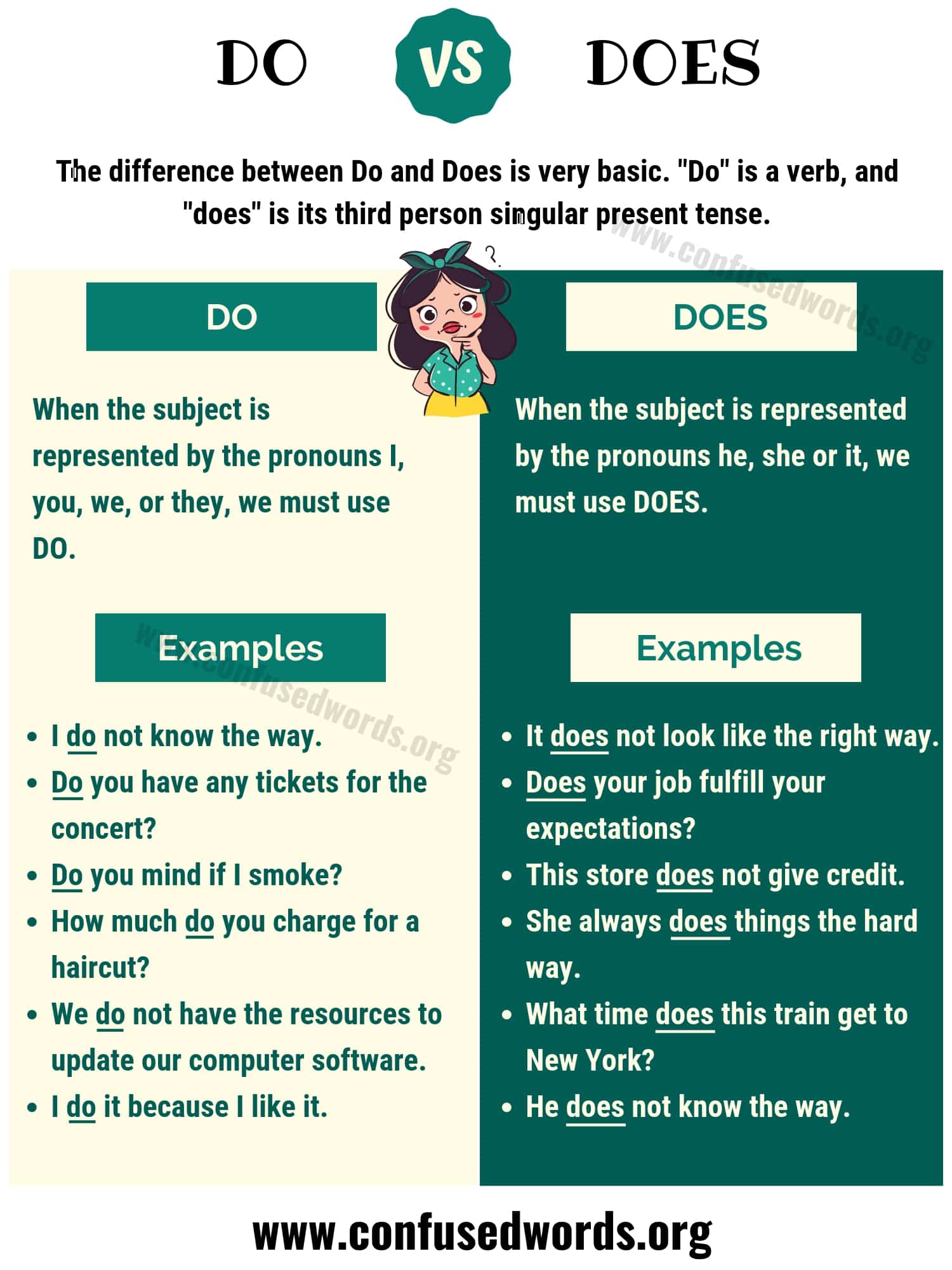Exploring Emerson’s Imagery: Chapter I of ‘Nature’ and ‘Society and Solitude’
Understanding the Power of Emerson’s Imagery in Chapter I of ‘Nature’
Ralph Waldo Emerson’s essay
Nature
opens with a profound use of imagery, setting the stage for one of the foundational texts of American Transcendentalism. In Chapter I, Emerson employs visual and experiential imagery to articulate the transformative power of nature and the unique clarity that solitude in the natural world can provide. This section is pivotal for understanding Emerson’s philosophy: that
true insight and spiritual rejuvenation are accessible through direct, immersive experience in nature
[1]
.
One of the most striking images Emerson uses is that of the “transparent eyeball” . He writes, “I am nothing. I see all.” This metaphor encapsulates the idea that, within nature, the individual ego dissolves, allowing a person to perceive the world unfiltered and to become part of a larger, universal consciousness [3] . Emerson’s language evokes a sense of becoming both observer and participant, merging with the natural environment in a moment of pure perception.
Emerson further contrasts childlike wonder with adult detachment: “the sun illuminates only the eye of the man, but shines into the eye and the heart of the child.” Through this, he suggests that authentic experience of nature requires openness and innocence-a willingness to let go of preconceived notions and societal filters [1] . The imagery here is not simply visual; it is emotional and spiritual, inviting readers to recall the wonder they may have felt as children and to seek it anew in solitude.
Imagery in ‘Society and Solitude’
Emerson’s essay
Society and Solitude
extends the themes introduced in
Nature
, exploring the balance between social engagement and the need for private reflection. While
Society and Solitude
does not use the same overt imagery as the transparent eyeball, it continues to develop the motif of
solitude as a fertile ground for personal growth and creative insight
. Emerson describes solitude not as mere isolation, but as a vital state in which the self can rediscover its connection to the universe and to its deepest inspirations
[2]
.

Source: typecalendar.com
Much like in
Nature
, Emerson uses scenes from the natural world-such as the sky, changing leaves, and the day’s shifting light-to create parallels between external phenomena and the internal states of the individual. His assertion that “Nature always wears the colors of the spirit” suggests that our perception of the world is deeply influenced by our emotions and thoughts
[2]
. This imagery unites the external and internal, demonstrating how solitude enables a person to probe the depths of their own mind while remaining attuned to the world outside.
Implementing Emerson’s Lessons: Step-by-Step Guidance
Emerson’s imagery is not just literary-it is actionable. To apply his insights in your own life, consider the following steps:
- Seek Solitude in Nature : Find a quiet place outdoors, away from distractions. This could be a park, a forest trail, or even a quiet garden. The key is to immerse yourself in the natural setting with as few interruptions as possible.
- Adopt a Childlike Perspective : Intentionally set aside your routine thoughts and judgments. Engage your senses fully-notice the colors, sounds, and textures around you. Allow yourself to be curious and to wonder, just as a child would.
- Reflect on Your Mood and Perception : As Emerson notes, nature often mirrors our internal state. Take note of how your environment seems to reflect your feelings. Are you more attuned to the beauty, melancholy, or vibrancy of your surroundings?
- Record Your Impressions : Bring a journal or a sketchbook. Write down or draw what you see and feel. Emerson’s approach encourages personal documentation as a way to deepen your connection with both nature and yourself.
- Balance Solitude with Society : Remember that Emerson does not advocate perpetual isolation. Use your time in solitude to recharge and gain insight, then return to society with renewed perspective and creativity. The interplay between solitude and social engagement is essential for holistic growth [4] .
Challenges and Solutions
While Emerson’s advice seems straightforward, putting it into practice can be challenging in today’s fast-paced and urbanized world. Common obstacles include:
- Lack of Access to Nature: Not everyone lives near forests or large parks. In such cases, even small green spaces or indoor plants can provide a setting for mindful solitude. Consider visiting local botanical gardens or nature reserves.
- Difficulty Disconnecting: Modern technology makes it hard to escape constant communication. Set boundaries by turning off devices or scheduling regular “nature breaks” in your routine.
- Restlessness or Discomfort in Solitude: For some, solitude can feel uncomfortable or lonely. Start with short periods and gradually increase your time alone in nature. Pairing solitude with creative activities-such as writing, drawing, or photography-can ease the transition.
Alternative Approaches to Experiencing Emerson’s Imagery
If direct immersion in nature is not possible, there are alternative ways to engage with Emerson’s themes:

Source: ar.inspiredpencil.com
- Virtual Nature Experiences: Many reputable organizations offer high-quality virtual tours of national parks and natural wonders. Search for “virtual nature tour” or visit the official websites of national parks for digital resources.
- Community Events: Look for nature walks, outdoor meditation groups, or ecological workshops organized by local community centers or parks departments. These can provide structured opportunities for solitude and reflection.
- Literary Engagement: Reading and discussing Emerson’s works, or those of other nature writers, can foster a deeper understanding of the imagery and its relevance. Many libraries and educational institutions offer reading groups and lectures on American literature.
How to Access Further Resources on Emerson’s Imagery
For readers seeking more in-depth exploration of Emerson’s use of imagery, the following steps are recommended:
- Consult Reputable Study Guides: Use authoritative sources such as academic databases, university websites, and established literary analysis sites. Searching “Emerson Nature chapter 1 analysis” or “Emerson Society and Solitude imagery” often yields comprehensive results.
- Visit Local Libraries: Libraries frequently carry critical editions of Emerson’s works that include commentary and scholarly analysis. Librarians can assist in locating relevant resources.
- Attend Educational Workshops: Many universities and cultural institutions offer workshops or lectures on Emerson and American Transcendentalism. Check event calendars of nearby educational institutions or community centers.
- Engage with Online Communities: Consider joining online forums or book clubs focused on classic literature. These communities can provide varied perspectives and recommendations for further reading.
Key Takeaways
Emerson’s imagery in Chapter I of
Nature
and in
Society and Solitude
is not merely descriptive-it is prescriptive, guiding readers to seek personal transformation through solitude and immersion in the natural world. By following Emerson’s example, you can discover new ways to connect with your environment, enrich your inner life, and balance the demands of society with the restorative power of nature.
References
[1] Lit215 PBworks (2017). Nature by Ralph Waldo Emerson – Chapter I analysis.
[2] Aplogosblog (2017). Nature by Ralph Waldo Emerson – Literary analysis and imagery.
[3] Interesting Literature (2022). A Summary and Analysis of Ralph Waldo Emerson’s ‘Nature’.
[4] eNotes (2023). Chapterwise analysis of Emerson’s “Nature”.
MORE FROM 9scholarships.de













